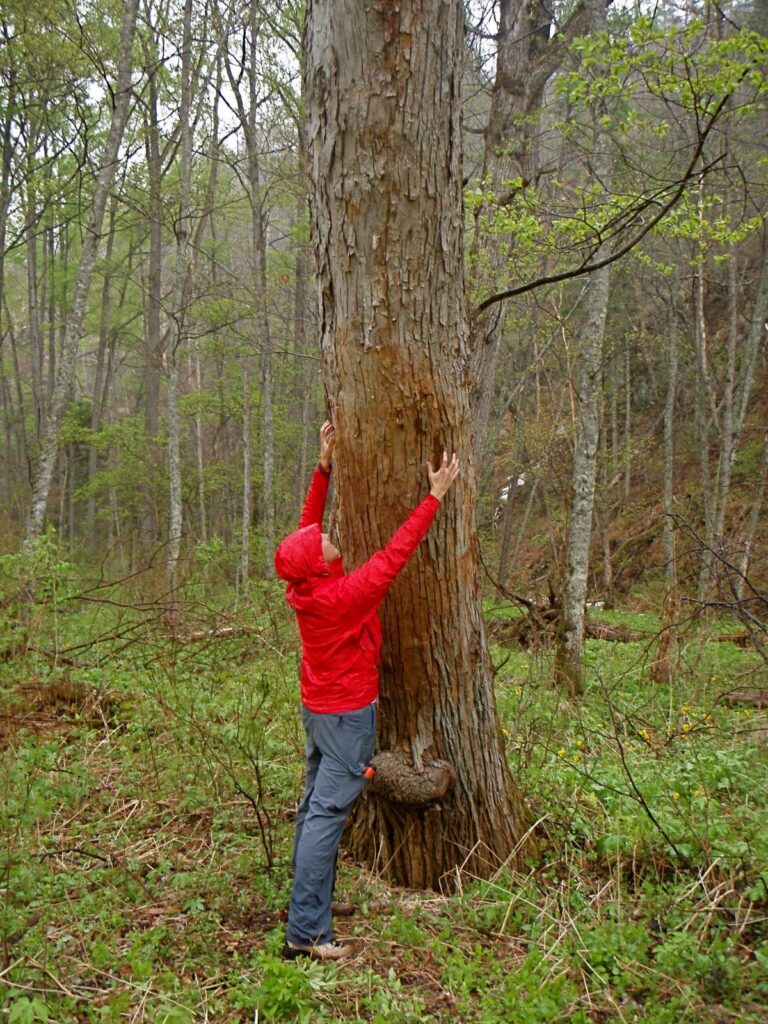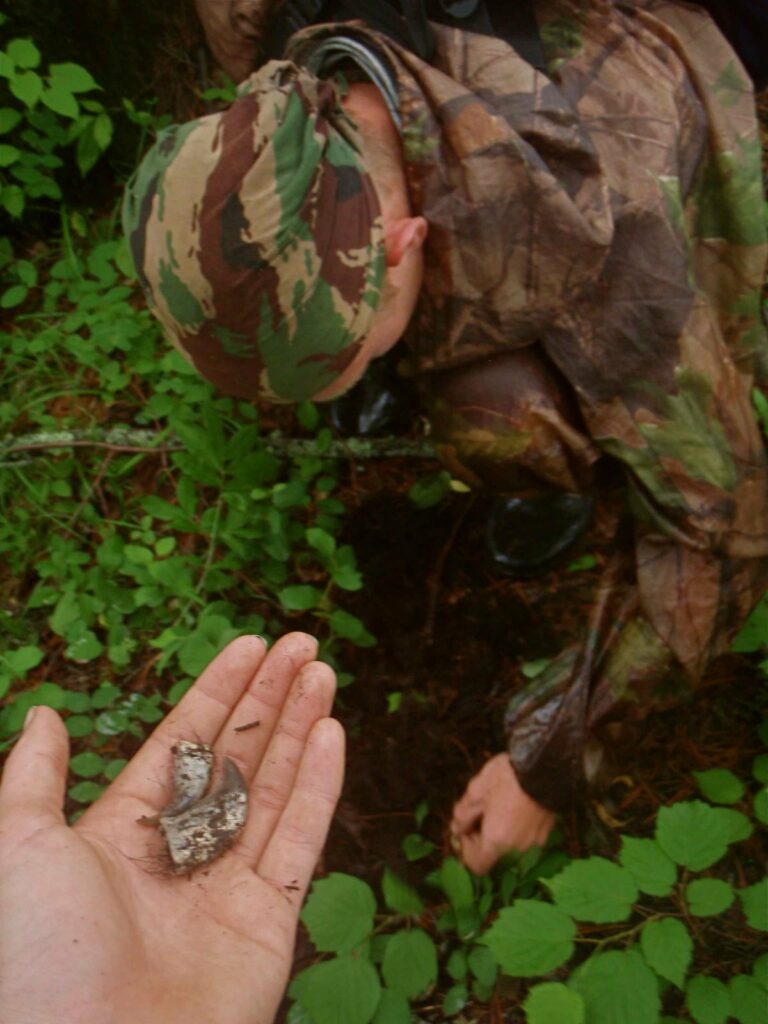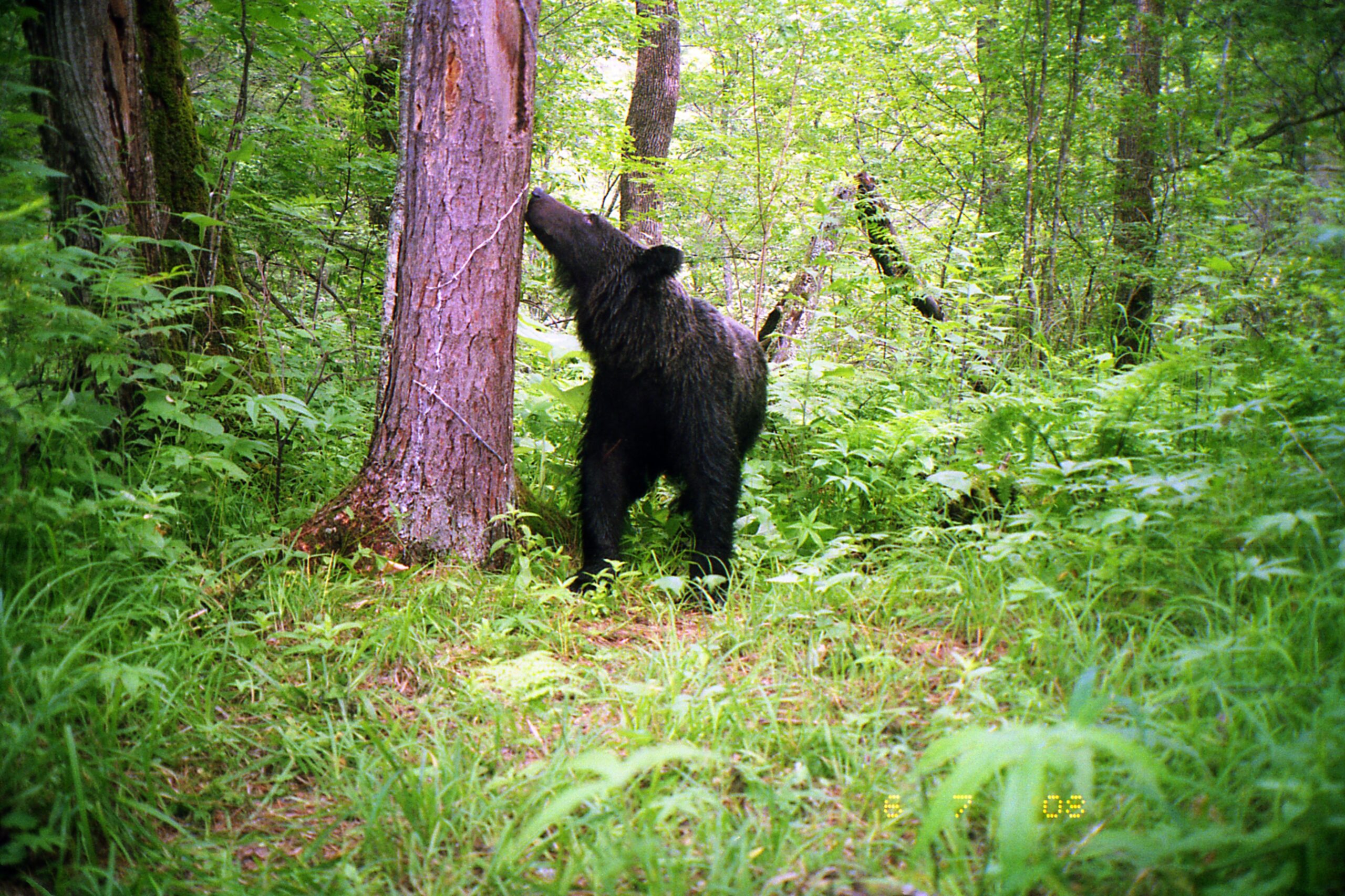The goal of this pilot study (2007-2009) was to gather valuable data on bear populations in the Sikhote-Alin Biosphere Zapovednik (SABZ) by providing training and information exchange on non-invasive hair snagging survey techniques (DNA study). This methodology has been introduced to many scientists studying bears, but the development of this (then new) methodology has lagged in some parts of the former Soviet Union. Study design and project implementation, as well as DNA and data analysis needed to be demonstrated to become self-sustaining in the future. WCS laid the groundwork for a more extensive survey of the entire SABZ.
Methods
The pilot study has utilized the non-invasive hair-snagging methodology to sample the brown and black bear populations of the SABZ using remote hair-snag stations and bear rub trees. WCS has also used remote cameras to verify species, identify individuals, and document behaviour and interactions.
Results
Overall, the research has shown that the non-invasive hair-snagging methodology is feasible for both brown bears and Himalayan black bears in the Russian Far East. However, due to the small study area, the researchers have had to speculate on many questions related to the current data, although further study may provide some resolutions. To be continued…






